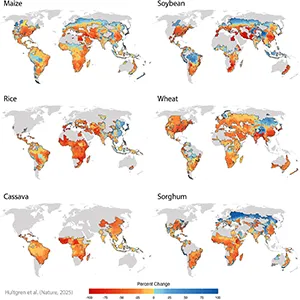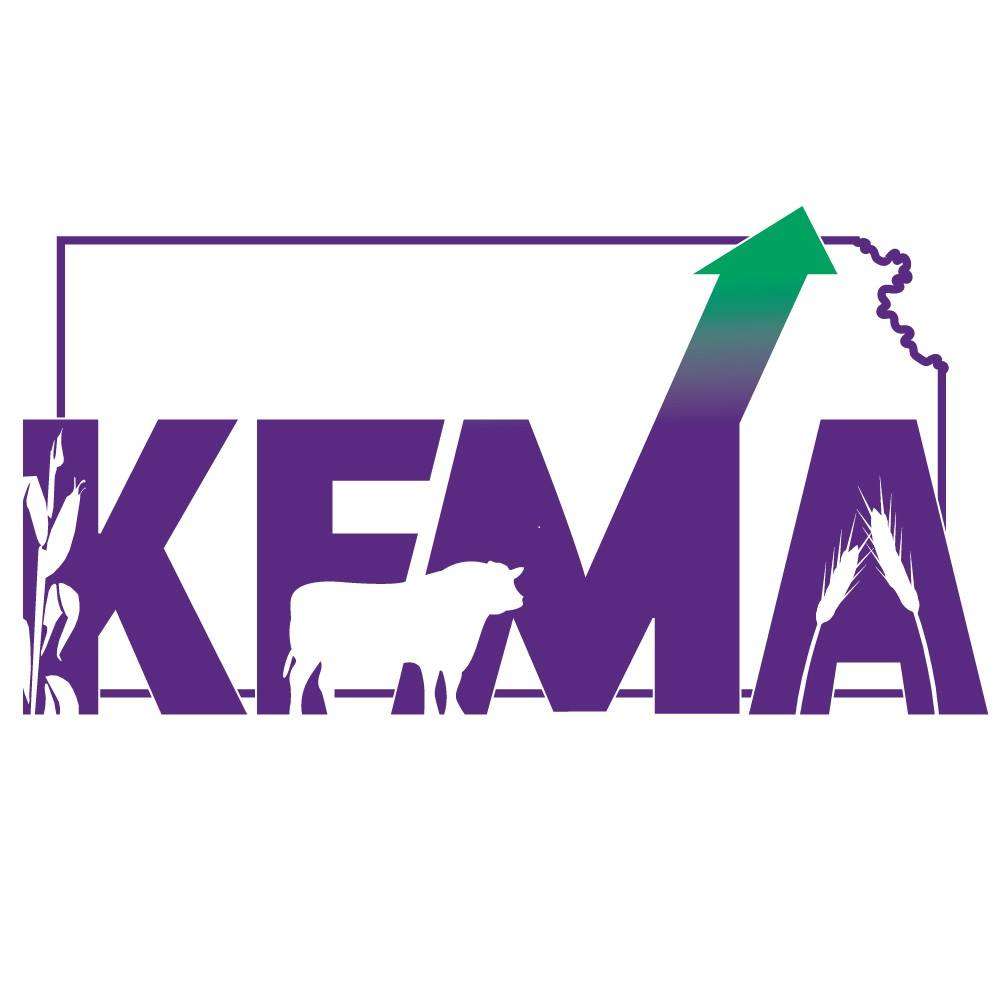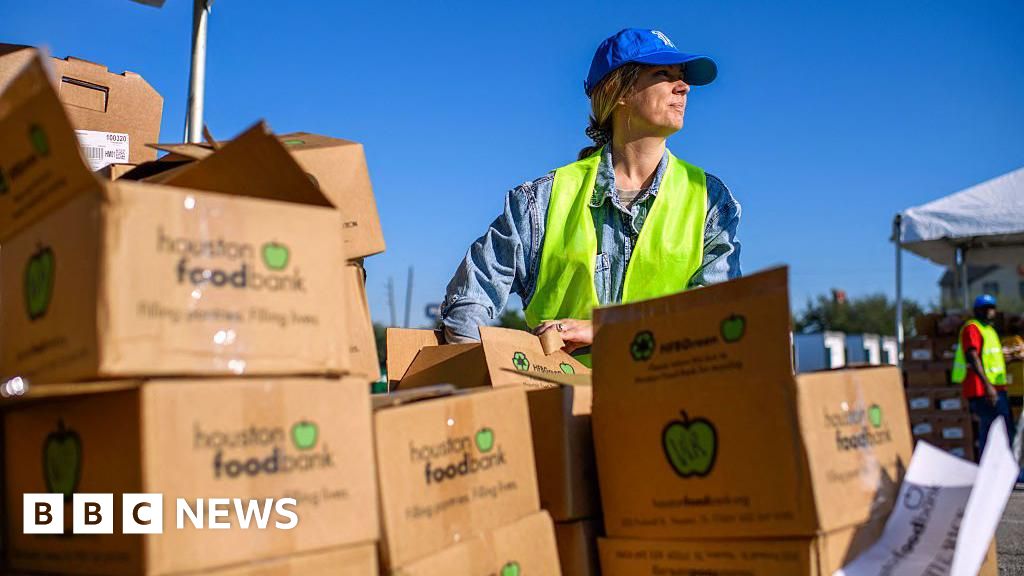Medicaid and SNAP Cuts Threaten Jobs and State Economies – Food Tank

Economic and Social Impact of Federal Funding Reductions on Sustainable Development Goals
Introduction: An Analysis of Policy Implications
Recent legislative measures enacting substantial funding cuts to the Supplemental Nutrition Assistance Program (SNAP) and Medicaid are projected to have severe, long-term negative consequences for state economies, employment, and public welfare. Research from George Washington University indicates these cuts directly undermine progress toward several key Sustainable Development Goals (SDGs). An economic modeling system forecasts that the reduction of over US$1 trillion in federal funding will trigger significant job losses and a decline in state revenues, challenging the principles of sustainable and inclusive development.
Direct Contravention of SDG 2: Zero Hunger and SDG 1: No Poverty
Escalating Food Insecurity and Poverty
The enacted budget bill directly threatens the achievement of SDG 2 (Zero Hunger) and SDG 1 (No Poverty) by dismantling critical social safety nets. The policy changes are expected to reduce SNAP benefits for approximately 5 million people. Furthermore, the restructuring of SNAP funding, which shifts financial burdens to states and imposes new work requirements, is projected to exacerbate food insecurity and poverty. Research from George Washington University and the Harvard T. H. Chan School of Public Health suggests such work requirements are ineffective at increasing employment and instead push vulnerable families deeper into poverty.
- Reduced Benefits: Approximately 5 million individuals will experience a reduction in SNAP benefits, increasing their risk of food insecurity.
- Increased Financial Strain: Cuts to social protection systems force low-income families to make untenable choices between food and other essential expenses like housing, directly contravening the goals of SDG 1.
- Erosion of Support Programs: States are already cutting related programs, such as the Summer Electronic Benefits Transfer (EBT) for school children, further weakening the food security infrastructure.
- Deepened Rural Food Insecurity: The impact of these cuts is particularly acute in rural areas, where SNAP serves as a vital economic support and anti-hunger tool.
Setbacks for SDG 3: Good Health and Well-being
Diminished Access to Healthcare
The funding reductions to Medicaid represent a significant setback for SDG 3 (Good Health and Well-being), which aims to ensure universal health coverage. According to estimates from the Congressional Budget Office, the policy changes could result in 11.8 million Americans losing their health insurance. This loss of coverage directly impedes progress toward ensuring healthy lives and promoting well-being for all at all ages, a core target of SDG 3.
Undermining SDG 8: Decent Work and Economic Growth
Projected Economic Contraction and Job Losses
The federal cuts are forecast to have a profound negative impact on SDG 8 (Decent Work and Economic Growth). The economic model from George Washington University demonstrates that reducing funding for SNAP and Medicaid initiates a cascade of negative economic effects, leading to economic contraction rather than sustainable growth.
- Nationwide Job Loss: An estimated 1.3 million jobs are projected to be lost across the healthcare, food, and retail sectors.
- Reduced Gross Domestic Product (GDP): State GDPs are expected to decline by a cumulative total of US$113 billion.
- Decreased Revenue for Businesses: Healthcare providers, pharmacies, and food retailers will experience lower revenues as household spending power diminishes, potentially leading to reduced salaries and further staffing cuts.
- Lower Government Revenue: State and local governments will see a drop in tax revenues from sales, income, and property, limiting their capacity to fund other essential public services.
The Negative Multiplier Effect
The report highlights that SNAP and Medicaid function as counter-cyclical programs that stabilize weak economies. Every dollar invested in SNAP during an economic downturn is shown to generate up to US$1.80 in economic activity, supporting farmers, grocers, and other local businesses. Conversely, every dollar cut from these programs creates a larger negative impact on the economy. This policy, therefore, actively dismantles a mechanism for promoting the inclusive and sustainable economic growth central to SDG 8.
Conclusion: A Challenge to Inclusive and Sustainable Development
The analysis concludes that federal cuts to SNAP and Medicaid have drastic repercussions that extend far beyond their immediate policy areas. The reductions create a ripple effect that harms state economies, employment, and public revenue streams. This policy represents a significant regression from national commitments to the Sustainable Development Goals, particularly those targeting poverty (SDG 1), hunger (SDG 2), health (SDG 3), economic growth (SDG 8), and reduced inequalities (SDG 10). The long-term consequences challenge the nation’s progress toward a more sustainable, equitable, and prosperous future for all citizens.
1. Which SDGs are addressed or connected to the issues highlighted in the article?
-
SDG 1: No Poverty
The article addresses SDG 1 by discussing cuts to social safety nets like the Supplemental Nutrition Assistance Program (SNAP) and Medicaid. These programs are crucial for supporting low-income individuals and families. The text highlights that without these systems, “families will once again be left to make the impossible choice between paying for groceries or paying the rent,” directly linking the program cuts to an increase in poverty and vulnerability.
-
SDG 2: Zero Hunger
This is a central theme of the article. The focus on cuts to SNAP, a primary tool for fighting hunger in the U.S., directly connects to SDG 2. The article quotes an expert stating, “SNAP is one of the strongest tools we have for keeping people fed,” and warns that the new policies will “deepen rural food insecurity.” The mention of the Summer Electronic Benefits Transfer (EBT) program, which provides free lunches to children, further reinforces this connection.
-
SDG 3: Good Health and Well-being
The article explicitly connects to SDG 3 by detailing the impact of cuts to Medicaid. It cites a Congressional Budget Office estimate that “11.8 million Americans may lose their health insurance.” This loss of health coverage directly undermines the goal of ensuring healthy lives and promoting well-being for all.
-
SDG 8: Decent Work and Economic Growth
SDG 8 is addressed through the article’s analysis of the economic consequences of the budget cuts. Researchers project “about 1.3 million jobs lost nationwide” and a significant decline in state gross domestic products (GDPs) by “US$113 billion.” The article also discusses how every dollar cut from these programs has a larger negative impact on the economy, affecting industries, employment, and revenue, which is contrary to the goal of promoting sustained, inclusive, and sustainable economic growth.
-
SDG 10: Reduced Inequalities
The article touches upon SDG 10 by highlighting how the cuts to SNAP and Medicaid disproportionately harm the most vulnerable populations. These programs are designed to support “poor people,” and reducing them exacerbates economic and social inequalities. The article discusses how work requirements, rather than increasing employment, “push even more families off [SNAP benefits],” further marginalizing them.
2. What specific targets under those SDGs can be identified based on the article’s content?
-
Target 1.3: Implement nationally appropriate social protection systems and measures for all… and achieve substantial coverage of the poor and the vulnerable.
The article directly discusses SNAP and Medicaid, which are key social protection systems in the United States. The cuts to these programs represent a move away from this target by reducing coverage for the poor and vulnerable. The text notes that “5 million people seeing reduced SNAP benefits” is a direct consequence of the new bill.
-
Target 2.1: By 2030, end hunger and ensure access by all people, in particular the poor and people in vulnerable situations… to safe, nutritious and sufficient food all year round.
This target is central to the article’s discussion of SNAP. The program’s purpose is to ensure access to food. The article warns that cuts will “deepen rural food insecurity” and force families to choose between food and other necessities, demonstrating a direct challenge to achieving this target.
-
Target 3.8: Achieve universal health coverage, including financial risk protection, access to quality essential health-care services…
The cuts to Medicaid are directly related to this target. The article’s reference to the Congressional Budget Office estimate that “11.8 million Americans may lose their health insurance” signifies a significant setback for achieving universal health coverage and financial risk protection for a large segment of the population.
-
Target 8.5: By 2030, achieve full and productive employment and decent work for all…
The article’s projection of “about 1.3 million jobs lost nationwide” as a result of the funding cuts directly contradicts the goal of achieving full and productive employment. The economic modeling shows that the cuts will harm employment in health care, food-related industries, and other sectors.
-
Target 10.4: Adopt policies, especially fiscal, wage and social protection policies, and progressively achieve greater equality.
The article analyzes a specific fiscal policy—the budget reconciliation bill—and its negative impact on social protection. The decision to cut over US$1 trillion from Medicaid and SNAP is a policy choice that, according to the article’s sources, will increase hardship for the poor and thus increase inequality, moving away from the objective of this target.
3. Are there any indicators mentioned or implied in the article that can be used to measure progress towards the identified targets?
-
Indicators for Social Protection and Equality (Targets 1.3 & 10.4)
- Number of people covered by social protection programs: The article provides specific numbers, stating that “5 million people” will see reduced SNAP benefits and “11.8 million Americans” may lose health insurance (Medicaid). These figures serve as direct indicators of declining coverage.
- Government spending on social protection programs: The article specifies the scale of the cuts: “reductions of more than US$1 trillion between Medicaid and SNAP.” This financial figure is a clear indicator of a reduction in policy support.
-
Indicators for Hunger (Target 2.1)
- Prevalence of food insecurity: While not providing a new statistic, the article implies this indicator will worsen, stating the cuts will “deepen rural food insecurity.” The existence and funding of programs like SNAP and the Summer EBT program are themselves indicators of a nation’s commitment to addressing hunger.
-
Indicators for Health (Target 3.8)
- Proportion of population with health insurance: The projection that “11.8 million Americans may lose their health insurance” is a direct indicator related to this target. It measures the proportion of the population without essential health coverage.
-
Indicators for Economy and Employment (Target 8.5)
- Unemployment rate / Job loss numbers: The projection of “about 1.3 million jobs lost nationwide” is a direct indicator of negative progress on employment goals.
- Gross Domestic Product (GDP) growth rate: The article mentions a projected loss of “US$113 billion” in state GDPs, which is a key indicator of economic performance.
- Economic Multiplier Effect: The statement that “Every SNAP dollar generates up to US$1.80 in economic activity” is an indicator of the program’s positive contribution to the economy, the loss of which can be measured.
4. Create a table with three columns titled ‘SDGs, Targets and Indicators’ to present the findings from analyzing the article.
| SDGs | Targets | Indicators Identified in the Article |
|---|---|---|
| SDG 1: No Poverty | 1.3: Implement nationally appropriate social protection systems. | Number of people with reduced SNAP benefits (5 million). |
| SDG 2: Zero Hunger | 2.1: End hunger and ensure access to food for all. | Implied increase in food insecurity (“deepen rural food insecurity”). |
| SDG 3: Good Health and Well-being | 3.8: Achieve universal health coverage. | Number of people projected to lose health insurance (11.8 million). |
| SDG 8: Decent Work and Economic Growth | 8.5: Achieve full and productive employment. | Projected job losses (1.3 million); Projected decline in state GDPs (US$113 billion). |
| SDG 10: Reduced Inequalities | 10.4: Adopt policies, especially fiscal and social protection policies, to achieve greater equality. | Scale of budget cuts to social protection programs (over US$1 trillion from SNAP and Medicaid). |
Source: foodtank.com

What is Your Reaction?
 Like
0
Like
0
 Dislike
0
Dislike
0
 Love
0
Love
0
 Funny
0
Funny
0
 Angry
0
Angry
0
 Sad
0
Sad
0
 Wow
0
Wow
0













































































